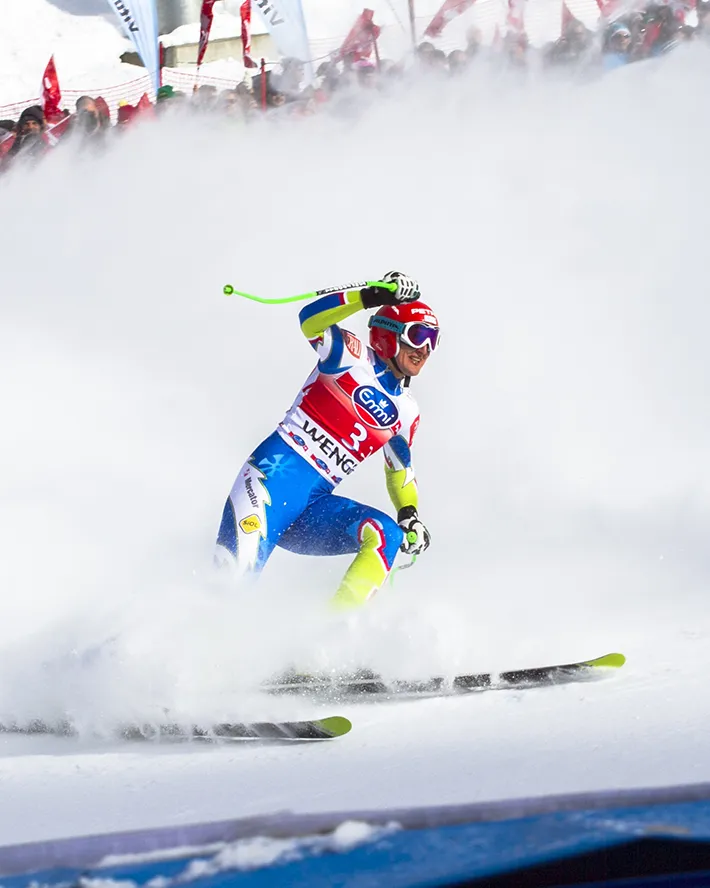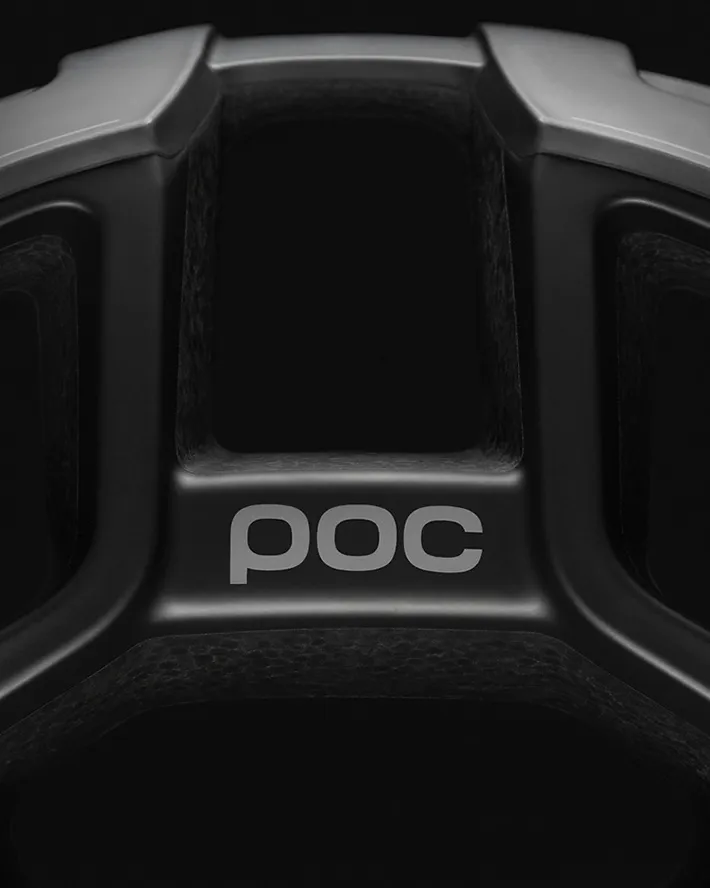Ski racing has a rich history dating back to the early 20th century, when the sport first began to gain popularity in Europe and North America. Over the years, many legendary ski racers have emerged, pushing the boundaries of what was thought to be possible and leaving a lasting impact on the sport. In this blog post, we will take a look at some of the pioneers who changed the game and helped shape the sport of ski racing into what it is today.
Look! Could Canadian Freeriders Pipe Down
Look! Could All Canadian Freeriders Pipe Down!
AKA, The Power of Mnemonics.
Mnemonics are systems for improving or assisting memory. So why on earth am I writing about them in a blog about off-piste safety? Well, it's because memory can be very fallible in stressful situations and situations don't get much more stressful than being involved in an avalanche accident. I learned the power of mnemonics at medical school, when we used them to help guide appropriate activities in an emergency (e.g. ABC- Airway, Breathing, Circulation, used as an aid memoir for what to do with a collapsed, unconscious patient. As an aside, we also used them to remember complex sequences of information- 30 years later I can still remember the names of all 12 of the cranial nerves, due to a particular mnemonic that's too obscene for me to share with you!)
What do I have against Canadian Freeriders then? Nothing, but I find the first letters of each word of the phrase handy to remember the correct sequence of events to run through to manage an avalanche accident where one of the party has been taken by the slide.
Look: This one's easy- L is for look. Look for signs of the person who's been taken. Often people are only partially buried and some sign will be visible on the surface.
Could: C stands for Consider. Don't launch straight in, spend a few seconds considering whether it's safe to do so- for example, is there significant hangfire that could still slide, are there other avalanche chutes that feed into the same area?
All: stands for Antenna. Switch you transceiver onto receive mode!
Canadian: C stands for course search. Perform the course search. This is the wide search, where you traverse down the avalanche zone as quickly as possible, aiming to acquire a signal and to narrow it down as quickly as possible to 1-2m distance.
Freeriders: F stands for fine search. This aims to find the minimum distance to the target, ready for the next stage, which is-
Pipe: P is for Probe. Start from the point that your beacon tells you is closest to the victim and probe. Various different probing pattern have been suggested, but a common one is to probe in an expanding spiral.
Down: D is for Dig! The general rule here is dig quickly, either singly or if there is a larger group, in pairs or more. Try to move snow only once, and shovel it downhill.
Remember, time is of the essence in getting the victim out, so actions need to be performed quickly and each stage is important. That's why I came up with this particular mnemonic, but there's no reason why you couldn't come up with one of your own that you might find more memorable. The more outlandish the better- it'll help you remember it.
I hope you find this useful, but as usual, these blogs are no substitute for proper hands on avalanche education!


